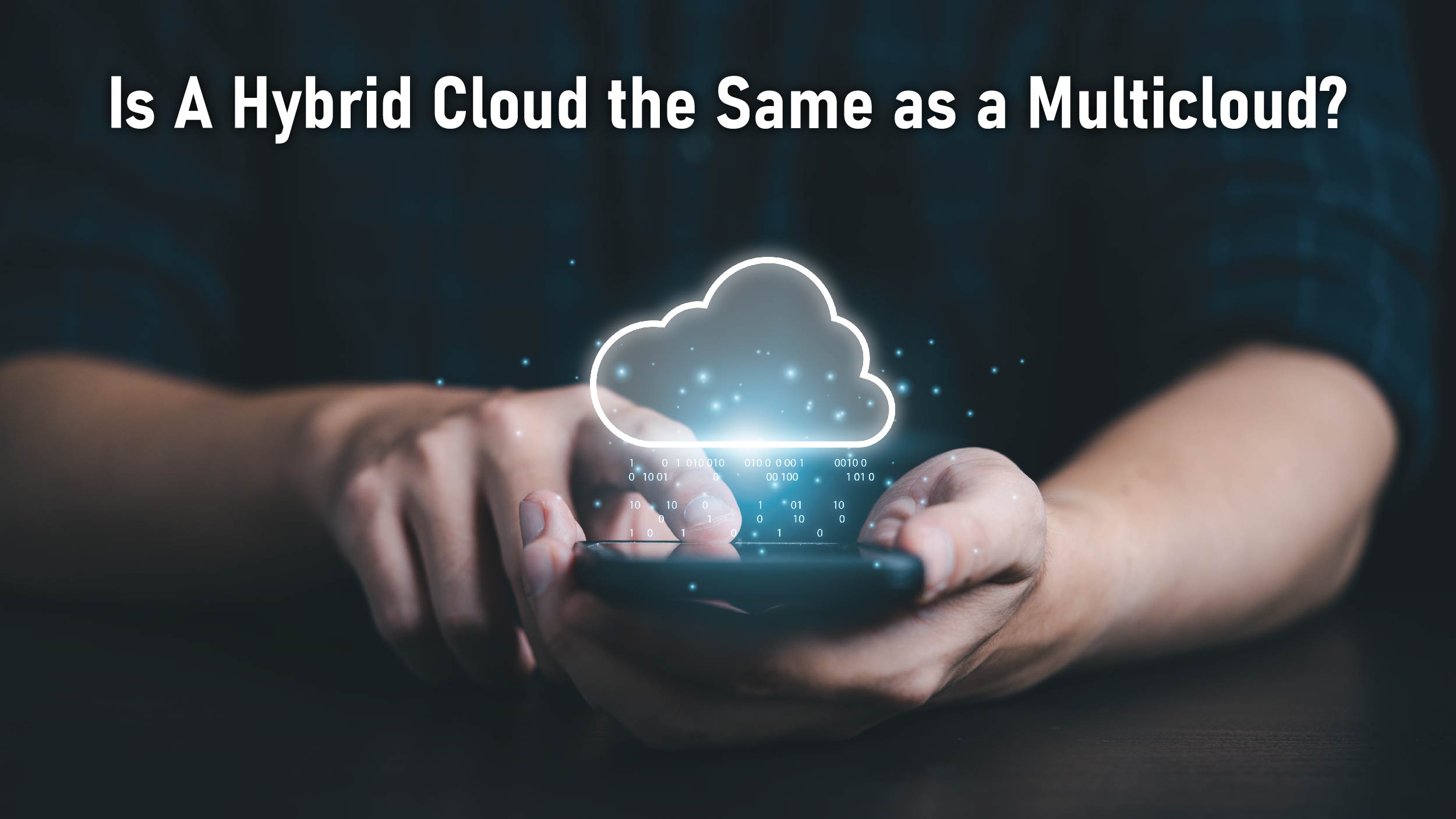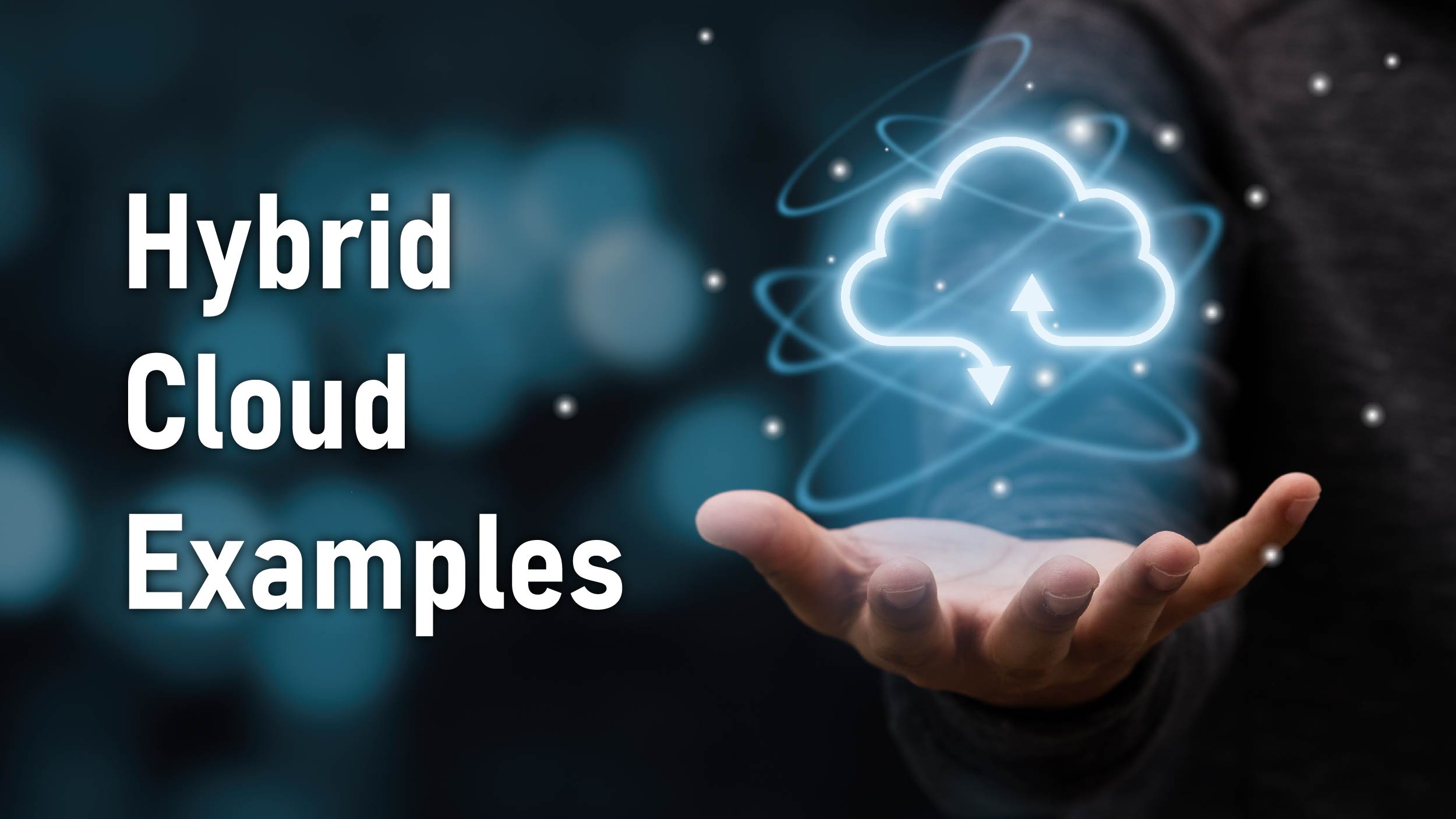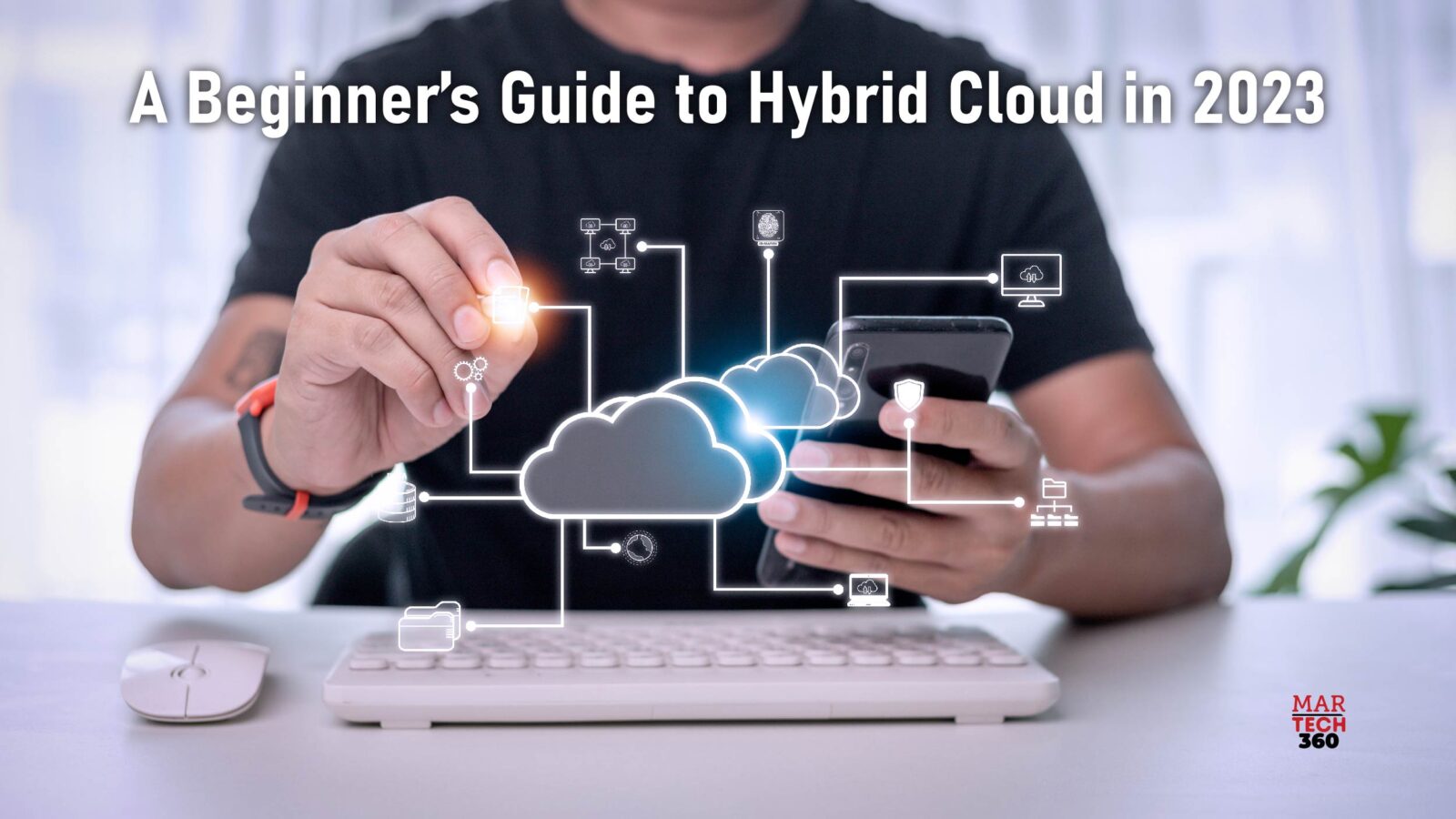In the ever-evolving digital world, businesses constantly face the challenge of effectively managing and utilizing large volumes of data while striving for adaptability, scalability, and cost-effectiveness. That’s where the hybrid cloud comes in as a dynamic and versatile solution that combines the strengths of both public and private cloud environments.
With a unique blend of flexibility, security, and scalability, it has emerged as a game-changing resource for organizations aiming to optimize their IT infrastructure and foster innovation. In this blog post, we will delve into the concept of hybrid cloud computing, explore its benefits, and illustrate how it empowers businesses to navigate the complexities of today’s IT landscape while unlocking new growth opportunities.
What is a Hybrid Cloud?
A hybrid cloud is a versatile computing environment that combines the use of different computing, storage, and services across various environments. This includes public clouds, private clouds, on-premises data centers, or “edge” locations. Hybrid cloud computing approaches are popular because very few organizations rely solely on a single public cloud.
These cloud solutions enable you to migrate and manage workloads between these various cloud environments, allowing you to create more versatile setups based on your specific business needs. Many organizations choose these cloud platforms to reduce costs, minimize risk, and extend their existing capabilities to support digital transformation efforts.
Also Read: Is Mobile Cloud Computing the Future of Seamless Connectivity?
A hybrid cloud is a popular infrastructure setup nowadays. When migrating to the cloud, organizations usually adopt a hybrid approach to ensure a smooth and gradual transition of applications and data. With enterprise hybrid cloud environments, you can still utilize on-premises services while benefiting from the flexible storage and accessibility options offered by public cloud providers like Google Cloud.
Is A Hybrid Cloud the Same as a Multicloud?
 While these terms are often used interchangeably, they have distinct differences. A hybrid cloud involves the integration of public and private clouds to work together on a single task, sharing data and processes. In contrast, multicloud approaches leverage services from multiple public cloud providers for various tasks, regardless of the hosting platform. Organizations seeking to avoid vendor lock-in may opt for multi-cloud to maximize the benefits of diverse services.
While these terms are often used interchangeably, they have distinct differences. A hybrid cloud involves the integration of public and private clouds to work together on a single task, sharing data and processes. In contrast, multicloud approaches leverage services from multiple public cloud providers for various tasks, regardless of the hosting platform. Organizations seeking to avoid vendor lock-in may opt for multi-cloud to maximize the benefits of diverse services.
Furthermore, a hybrid cloud can be considered a subset of multicloud if it combines private resources from at least two public cloud providers.
Should You Opt for a Hybrid Cloud?
Many companies are recognizing that not everything should be stored in a public cloud, which is why they are opting for a hybrid approach. Hybrid clouds provide the benefits of both public and private clouds while leveraging existing data center infrastructure.
By adopting this approach, applications and components can seamlessly work together across different platforms such as cloud or on-premises. This flexibility extends to various cloud instances and even between different architectural frameworks like traditional and modern digital structures. The same level of distribution and access adaptability applies to data as well. It is important to anticipate that in the ever-changing digital landscape, workloads and datasets may need to be relocated based on evolving requirements. Therefore, the current location of applications or data might not be the most optimal choice in the long run.
Your on-premises data center, private and public cloud resources, and workloads are interconnected through a unified approach to data management while maintaining their individual identities.
You can establish connections between current systems that operate on conventional architectures and support business-critical applications or hold sensitive data that may not be suitable for the public cloud. Usually, a data fabric is used to enable hybrid cloud infrastructure. This approach utilizes software-defined technology to provide a cohesive set of data services across various IT resources.
Hybrid Cloud Examples
 The most common hybrid cloud example is to use the public cloud with private cloud services and on-premises infrastructure. However, there’s no one configuration or one-size-fits-all architecture.
The most common hybrid cloud example is to use the public cloud with private cloud services and on-premises infrastructure. However, there’s no one configuration or one-size-fits-all architecture.
Hybrid models enable organizations to customize their environments by combining different approaches to suit specific applications and data. This flexibility is particularly attractive for companies operating in heavily regulated industries with stringent data privacy requirements, as it allows them to meet their storage, processing, and data interaction needs effectively.
A common example is the adoption of a hybrid approach when transitioning to using a public cloud. This allows for the dynamic scaling of capacity when computing or processing demands exceed a data center’s capabilities. As workloads and applications are gradually shifted to the cloud, many cloud migration projects naturally result in hybrid cloud deployments.
Final Verdict
A hybrid cloud provides businesses, regardless of their size, with the necessary flexibility, scalability, security, and control to fulfill their specific IT requirements. By integrating the advantages of public and private cloud solutions, it empowers businesses to enhance efficiency and productivity while lowering costs and fostering innovation.
Before opting for a hybrid cloud solution, it is crucial to thoroughly evaluate your business needs. Make sure to select a reputable provider such as Microsoft Azure, IBM Cloud, or Amazon Web Services that offers a comprehensive range of services and has a proven track record of success. Additionally, for implementing and managing your hybrid cloud solution, you should prioritize security and performance optimization. By implementing an effective solution, your business can adapt and excel in today’s dynamic digital environment































